In the campus, a place with a high concentration of people and frequent activities, safety has always been one of the most concerning issues for managers. With the advancement of technology, the fully automatic weather station on campus, as an intelligent device integrating monitoring, early warning and analysis, is gradually becoming an important part of campus security construction.
The WX-XQ4 campus fully automatic weather station has the ability to monitor multiple meteorological elements in real time, including temperature, humidity, air pressure, wind speed, wind direction, precipitation, etc. These meteorological data are crucial for campus security. Through high-precision sensors and intelligent analysis systems, the weather station can capture weather changes in real time. Once extreme weather signs such as heavy rain, strong wind, and lightning are detected, the early warning mechanism will be immediately triggered. The warning information will be promptly conveyed to school administrators, teachers, and students via text messages, APP push notifications, and other means, thus winning a precious time window for campus safety.
Based on real-time monitoring data, the fully automatic weather station on campus can also provide scientific decision support for the school. Schools can reasonably arrange extracurricular activities, physical education courses, etc. based on the data provided by the meteorological station to avoid safety accidents caused by bad weather. For instance, when heavy rain is predicted, schools can cancel outdoor sports activities in advance to prevent students from getting injured due to wading through water, slipping and other reasons. Meanwhile, the data from the meteorological station can also assist schools in formulating emergency plans to ensure that prompt and orderly response measures can be taken when extreme weather strikes, safeguarding the safety of teachers and students.
The fully automatic weather station on campus can also help schools optimize the campus environment and achieve energy conservation and emission reduction. By monitoring meteorological data, schools can rationally plan campus greening, building layout, etc., to enhance the comfort and safety of the campus environment. Meanwhile, based on temperature and humidity data, schools can reasonably adjust the air conditioning system to reduce energy consumption and achieve the goal of energy conservation and emission reduction. This not only helps to improve the overall environmental quality of the campus, but also cultivates students' environmental awareness and energy-saving habits.
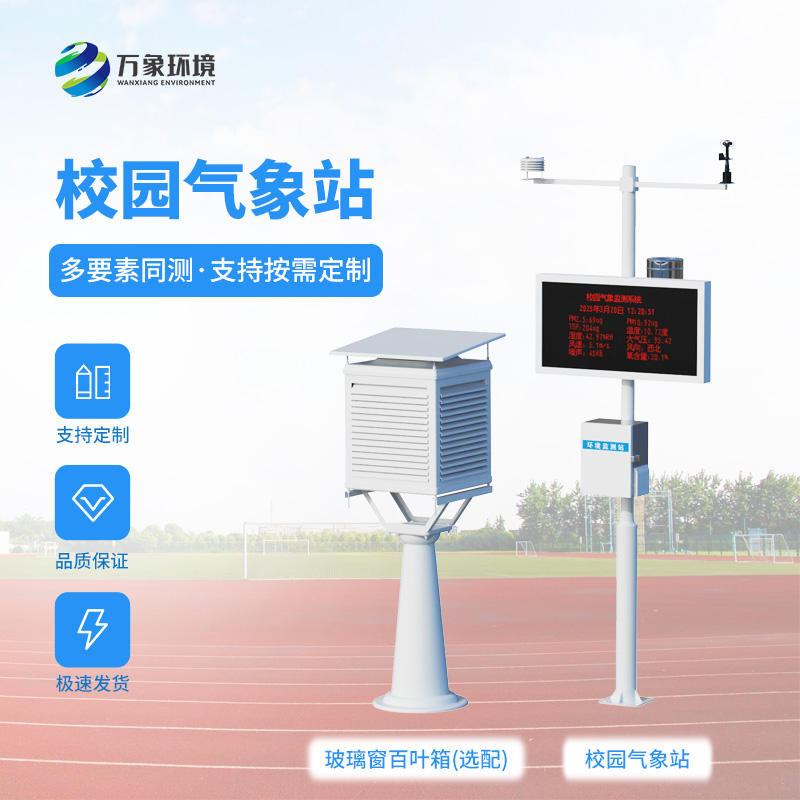
Article address:
http://www.tianxingg.com/en/article/1461.html

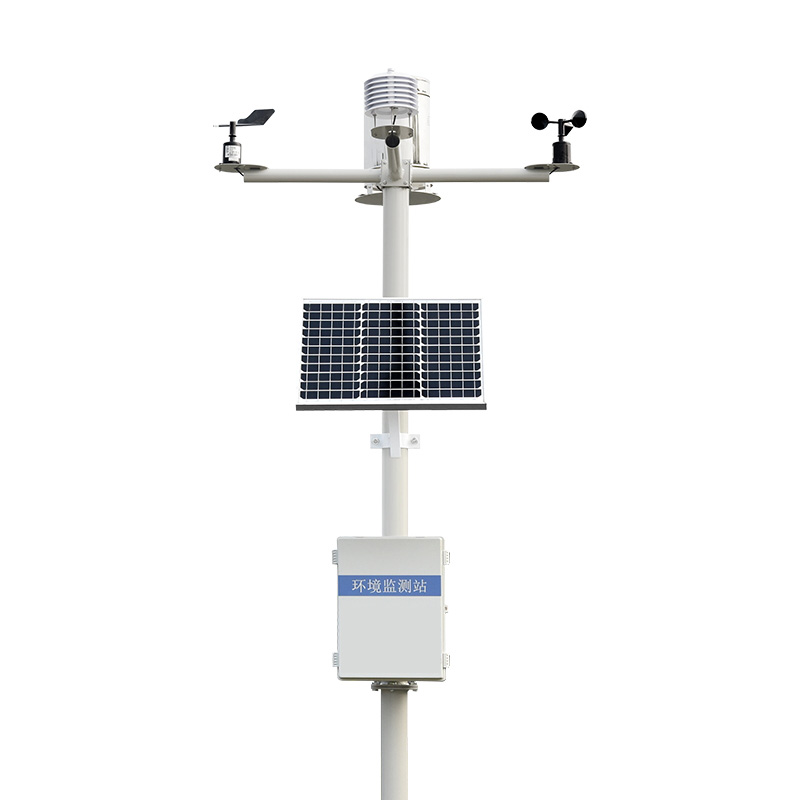
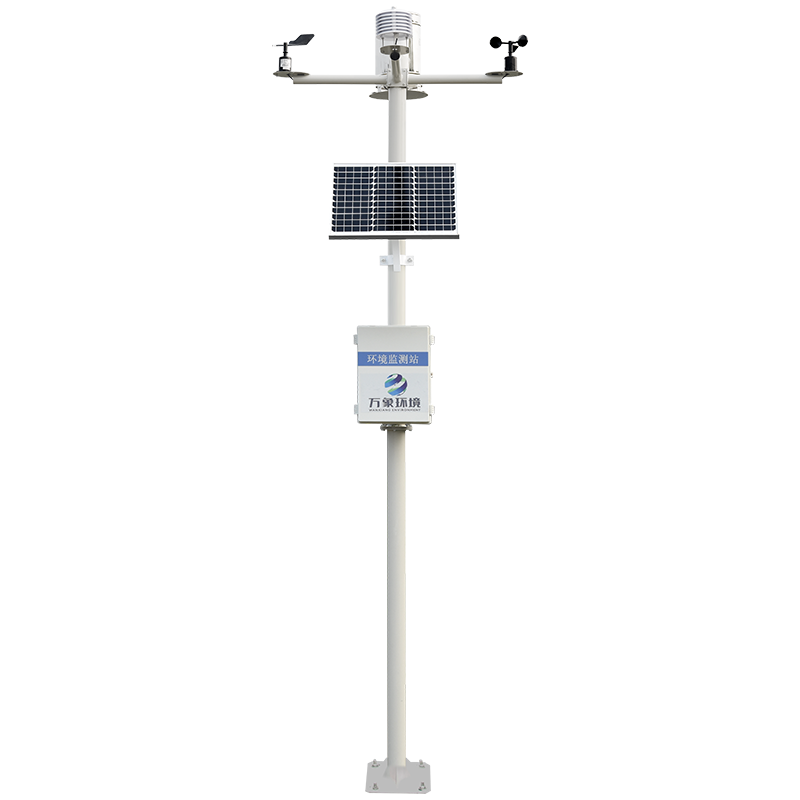
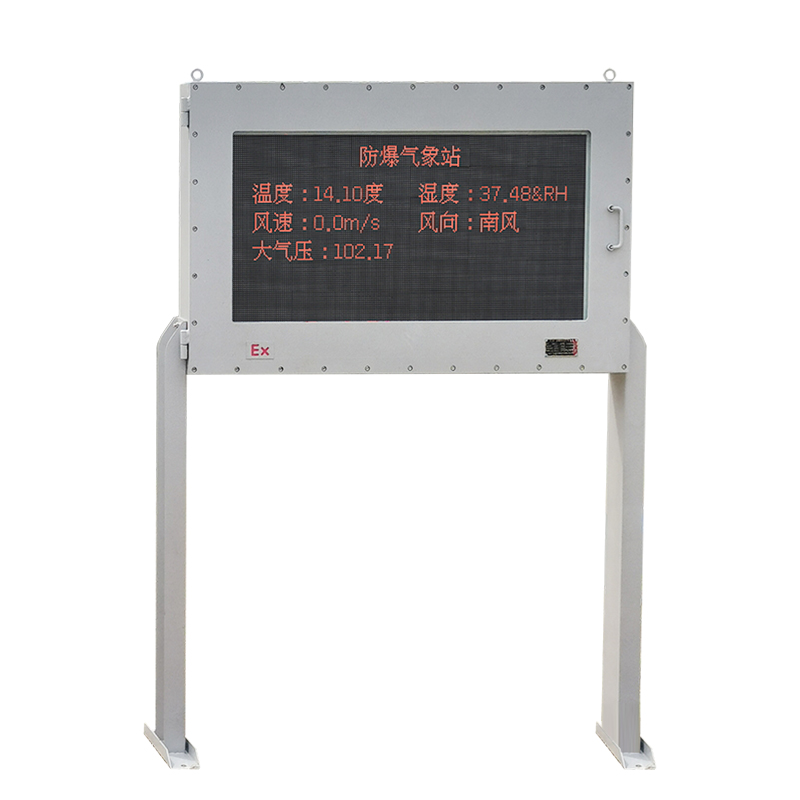
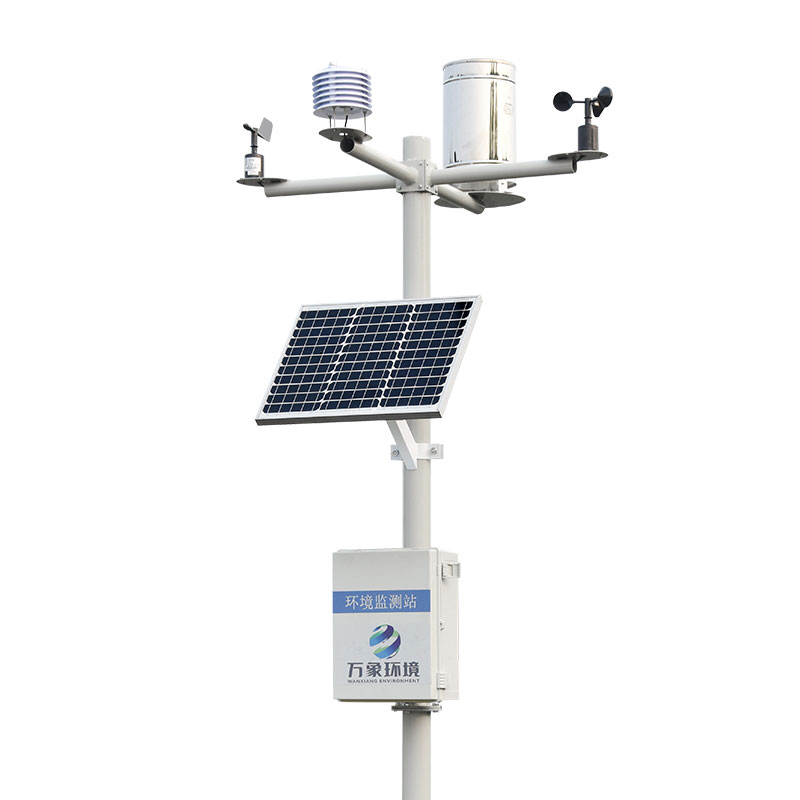

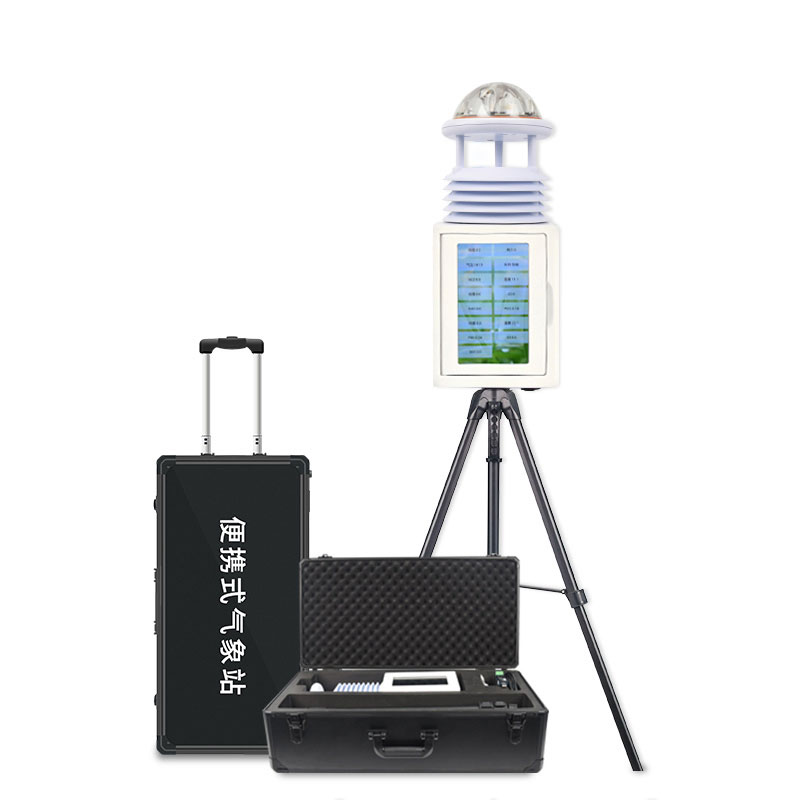





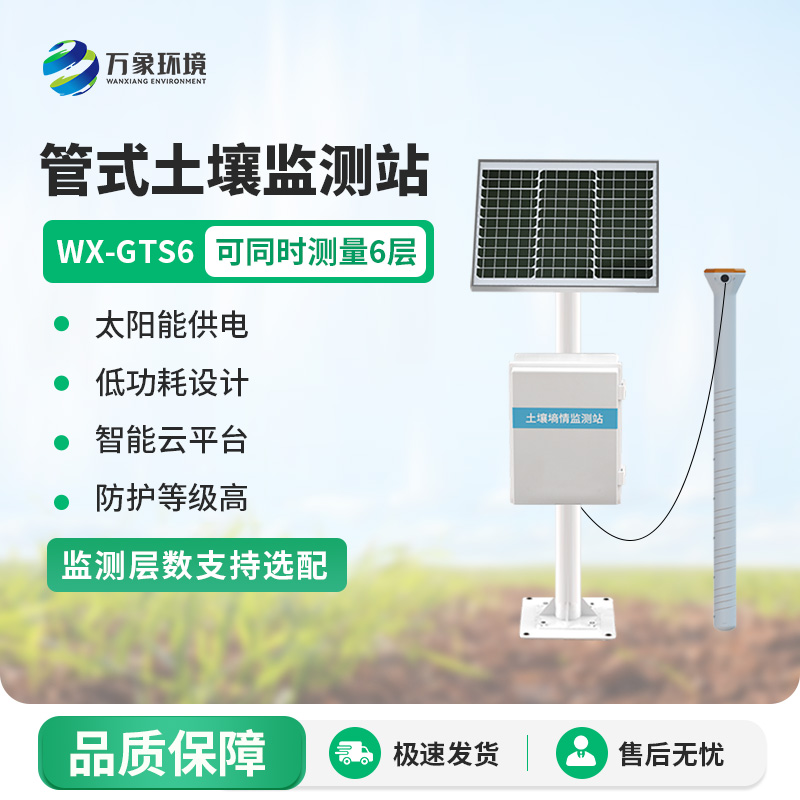
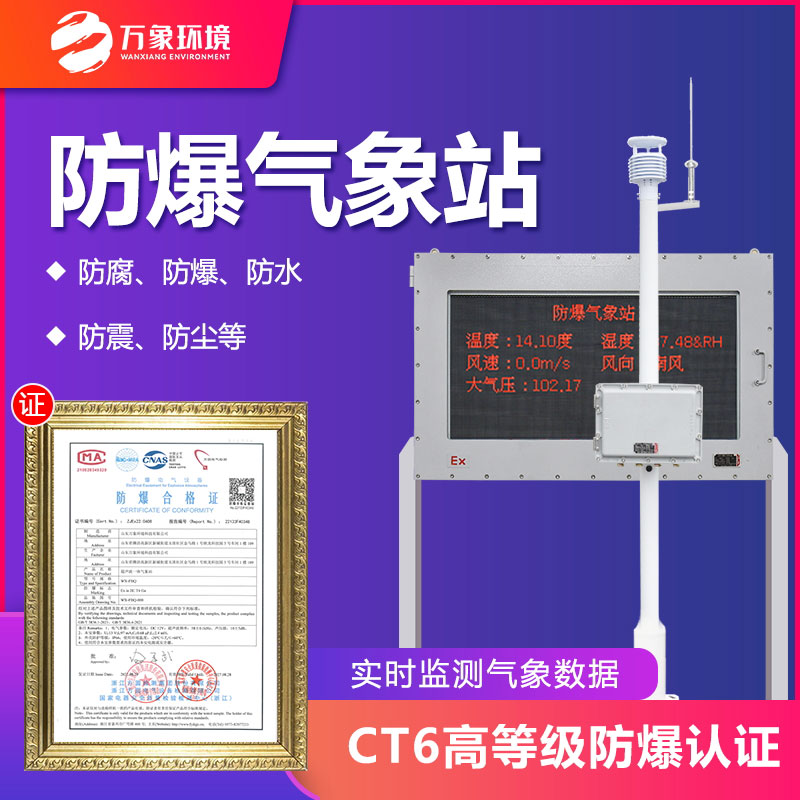
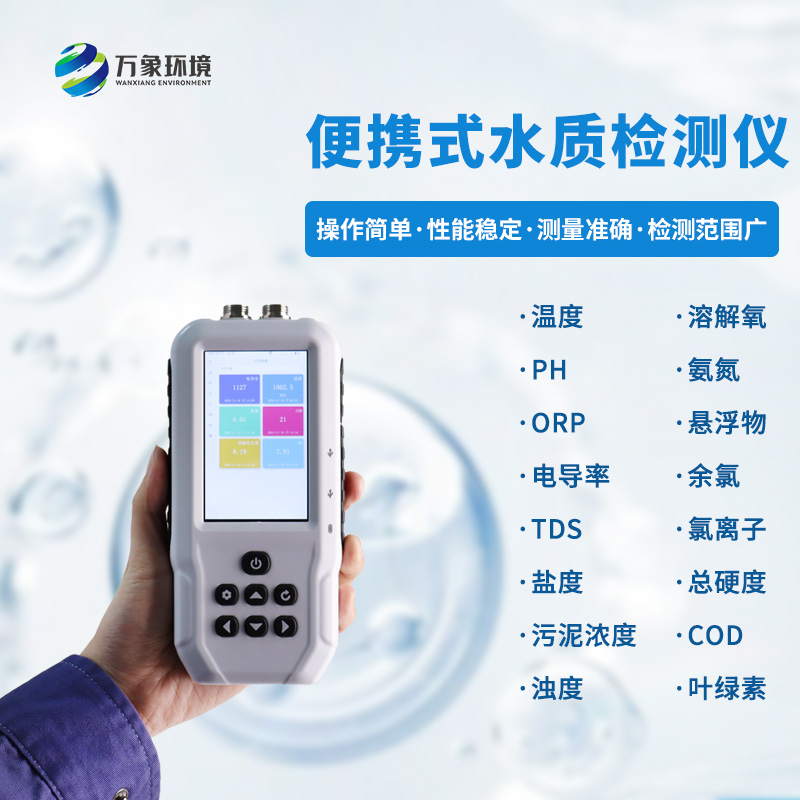



 Home
Home phone
phone Product Overview
Product Overview Contact Us
Contact Us